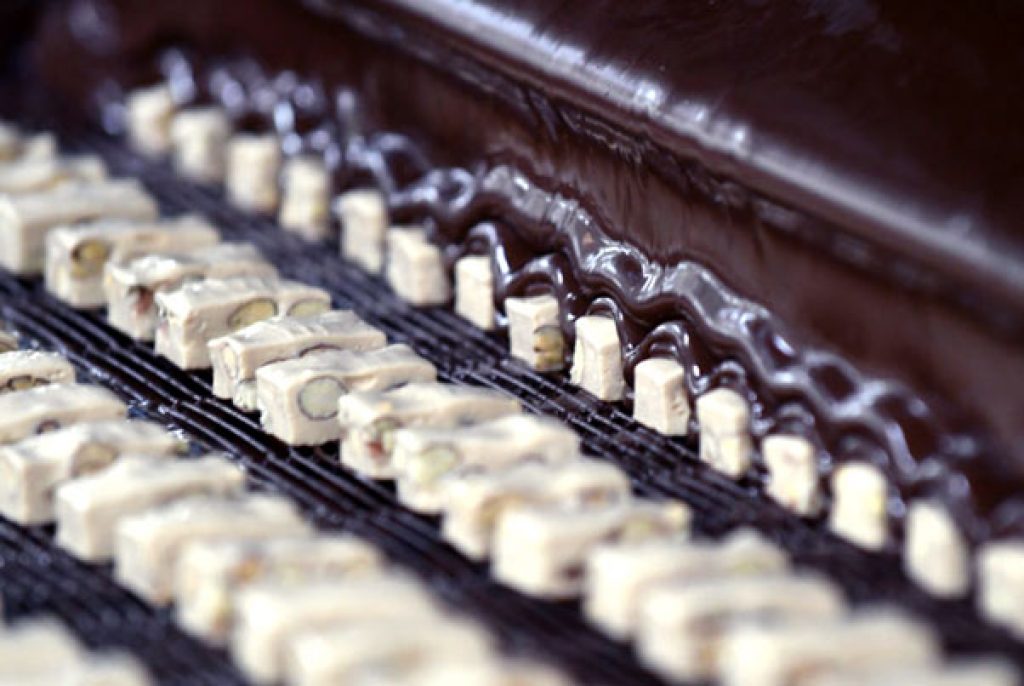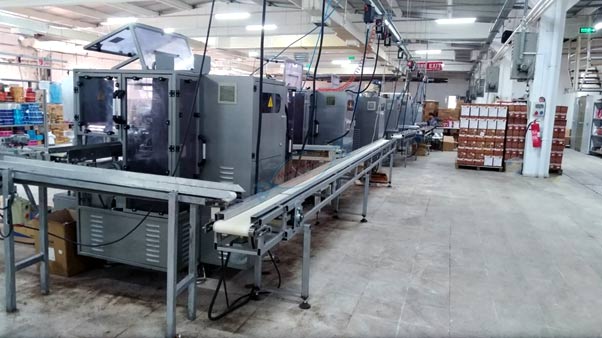How candy is created actually? Many of us enjoy a bar of good chocolate now and then or candy sweet, but just like a lot of things we eat and drink, there is a process involved. Knowing what this is, makes us appreciate the things we buy from the candy stores or grocery shops. If you are the average consumer who loves their candy, or someone looking to open your shop to sell, we have all the information you need below on the processes involved.
Sweets, chocolates this types of products you see on store shelves or online suppliers appear out of nowhere. It first starts with the equipment manufacturer themselves and then goes through a string of different methods from concept to completion.
Involved in the process are customized equipment engineered to fit into different sectors such as bakeries, food and beverage, and confectionery industries, which can then create these multitudes of different sugary treats and even gummy bears that we all know and love. Let’s run through what’s involved, below.
How Candy is created: The Making of Candy
No matter what the occasion, whether it is someone’s birthday, wedding, valentine’s day, Halloween or party, candy is everywhere. There is always a reason for people to buy some either for themselves are for others.
If you haven’t guessed it by now, the basis of most sweet treats is one ingredient – sugar, and the most common one out of the three types, Glucose, Sucrose and Fructose, you find during the process of creation is “Sucrose”. Want to know what’s in it? This link has more information.
During the manufacturing stages, this sucrose is combined with both fructose and glucose, however, the reason for the sweets you eat not all having the same taste is because of the various processes they are put through in a conventional sense. The first being – Crystallization.
Crystallization
A saturated solution created by boiling sugar in water is known as Crystallization. Almost similar to how you make caramel sauce at home. However, in this way, the desired consistency of the crystals is created using unstable solutes, which are freezing the liquid sugar solution in a way that resembles crystals, thus the name.
Some candy manufacturers use this method of manufacturing while others do not, it depends on what type you are creating. In factories, however, this process is done a lot quicker and at higher temperatures inside of customized machinery specifically created for different industries, and one example is candy-worx.com which are suppliers of these various equipment. If for instance, you are creating caramel, then lower temperatures are needed, same as marshmallows or toffee sweets.
Temperature is a very important factor for creating the desired result. The ideal setting is between 320 – 350 F. This is when the molecules from the sucrose splits, separating the two other types of sugars. If the candy needs to be soft then additional ingredients such as cream, butter and milk are added. Examples are the popular brand of chocolates such as Twix or Milky Way.

Candy Machinery and Equipment
The means by which the technology of creating sweets and chocolates, has changed over the years. During the 19th century Industrial Revolution, the demand started to rise, but the majority of these confectionaries were made from scratch by hand. This was done either by small scale specialists or domestically at people’s homes.
With the increase in engineering and mechanization, factories began to erupt in every region around the world, thus leading to cheaper prices for these consumer products and an increase in production levels.
The home-based processes were cone by women while the factory setting was primarily run by men. Perhaps this was because the art of creating it was considered a “dainty” one. it was done only on special occasions and was worth very little money, despite some of the famous brands being names after these women.
Nowadays, there are a multitude of varieties available on the market and categorized as either Soft or Hard candy.
Soft Candy
These include varieties such as cotton candy or candy floss and marshmallows. Candy floss is created with sugar-spun inside a machine the machinery used for this has a spinning head and a small bowl into which fine, powdered sugar is poured, along with different food coloring, to create a fluffy end product on a stick which you can eat and resembles, clouds. The heat that is produced around the rim of the machine melts the sugar and uses “centrifugal force” to push it out of various holes, creating that fluffy consistency.
Hard Candy
Also known as boiled sweets, are similar to the above-mentioned process where a sugary liquid is heated to high temperatures inside a machine and when it is cooled, forming the hard varieties. The final texture is heavily dependent on the sugar solution.
A selection of different tools and materials are used when making these, many of which include elaborate factory machinery. Using machinery is always the best course of action, as some varieties require precise temperature control and so most of them have what’s known as a “candy thermometer”. This measures the temperature and is mainly used in commercial production, along with other equipment such as a “starch mogul” which shapes the sweets into various preferences.
The Production Line
The typical production line process which the above goes through includes the Auto feed, Cooker, Color or flavor addition and the Depository. From that time the machine is fed to the time, it reaches the depository can be taken anywhere from a few hours to a few days.
The result consists of an assortment of different types of confectionaries which we then see and buy from stores and shops, or online. Using machinery has been a trend for a long time, and with the demand in people wanting different and more innovative types of candies, it looks like the factories will only get better with time, providing us with a host of different items to choose from for ourselves, and our kids. So hopefully now you know how candy is created. Thanks for reading.

I love all things tech, and I wear many hats – tech lover, business starter, digital marketer, and blogger. I know the ins and outs of Digital Marketing, SEO, SEM, SMM, and how to generate leads. My goal? Making things simple for you with clear guides and reviews. I stumbled upon WordPress while creating my first business site, and I fell in love with it right away. When I’m not building websites, creating content, or boosting clients’ online efforts, I’m focused on staying healthy, hanging out with family, and exploring the world. Connect with me on Facebook, Twitter, Linkedin, or read my complete biography.

